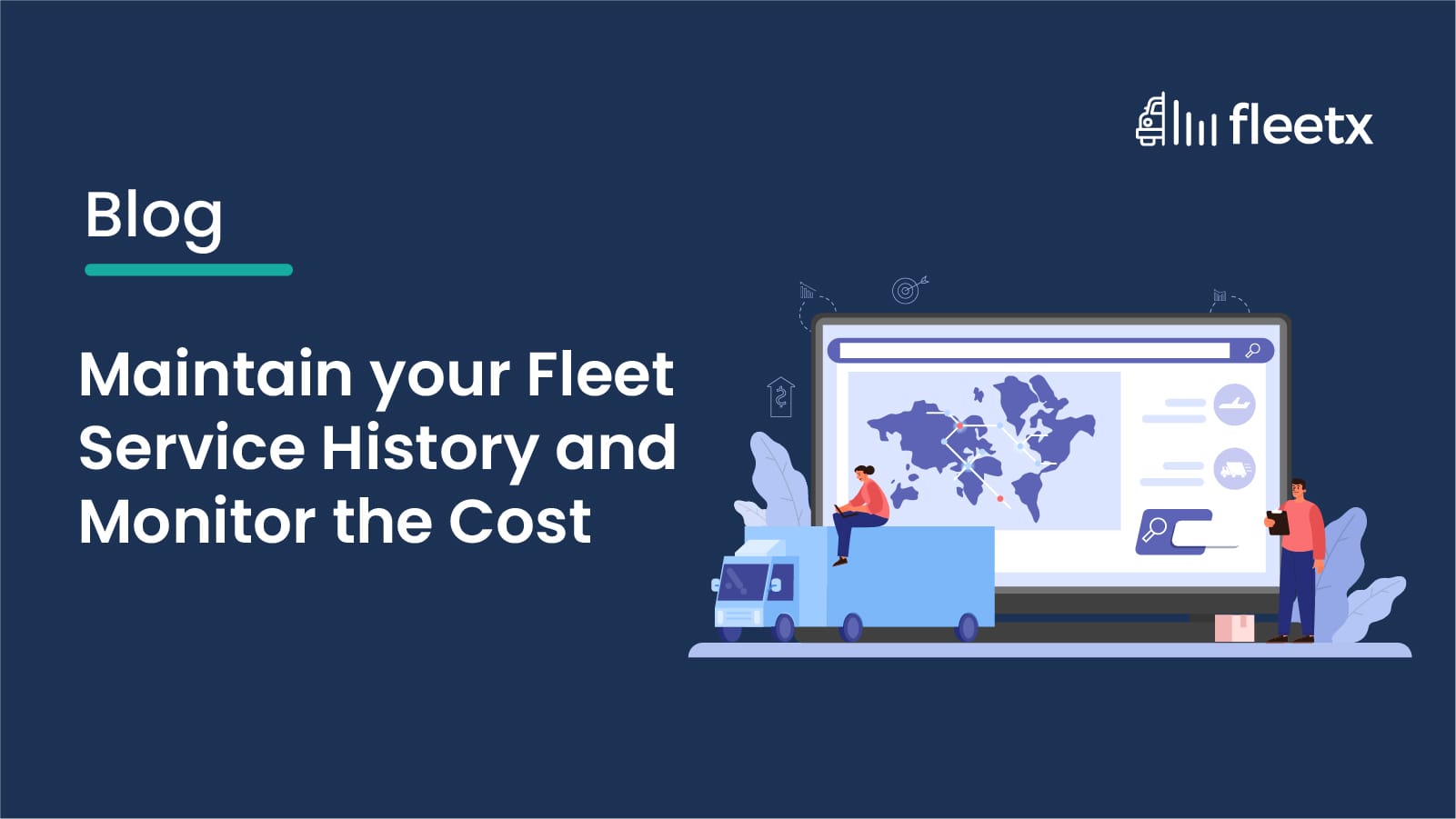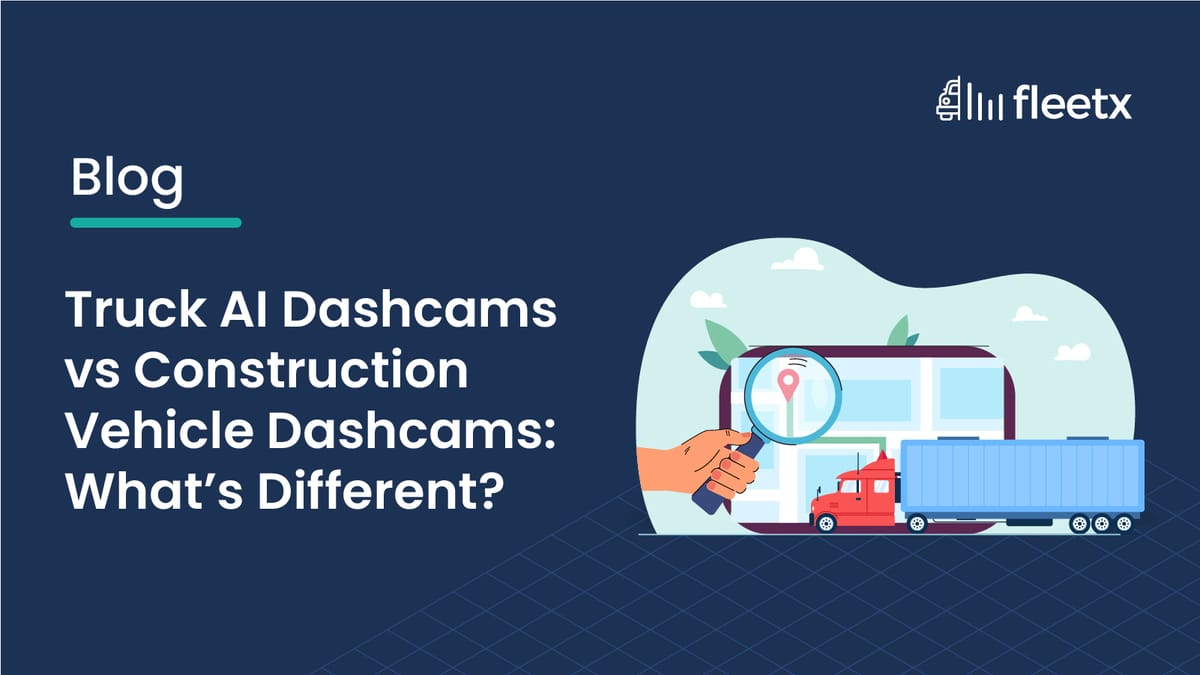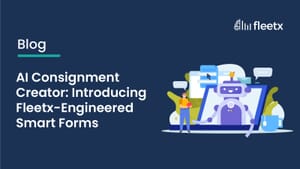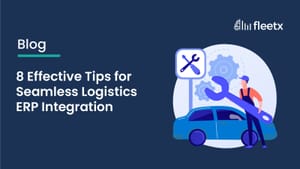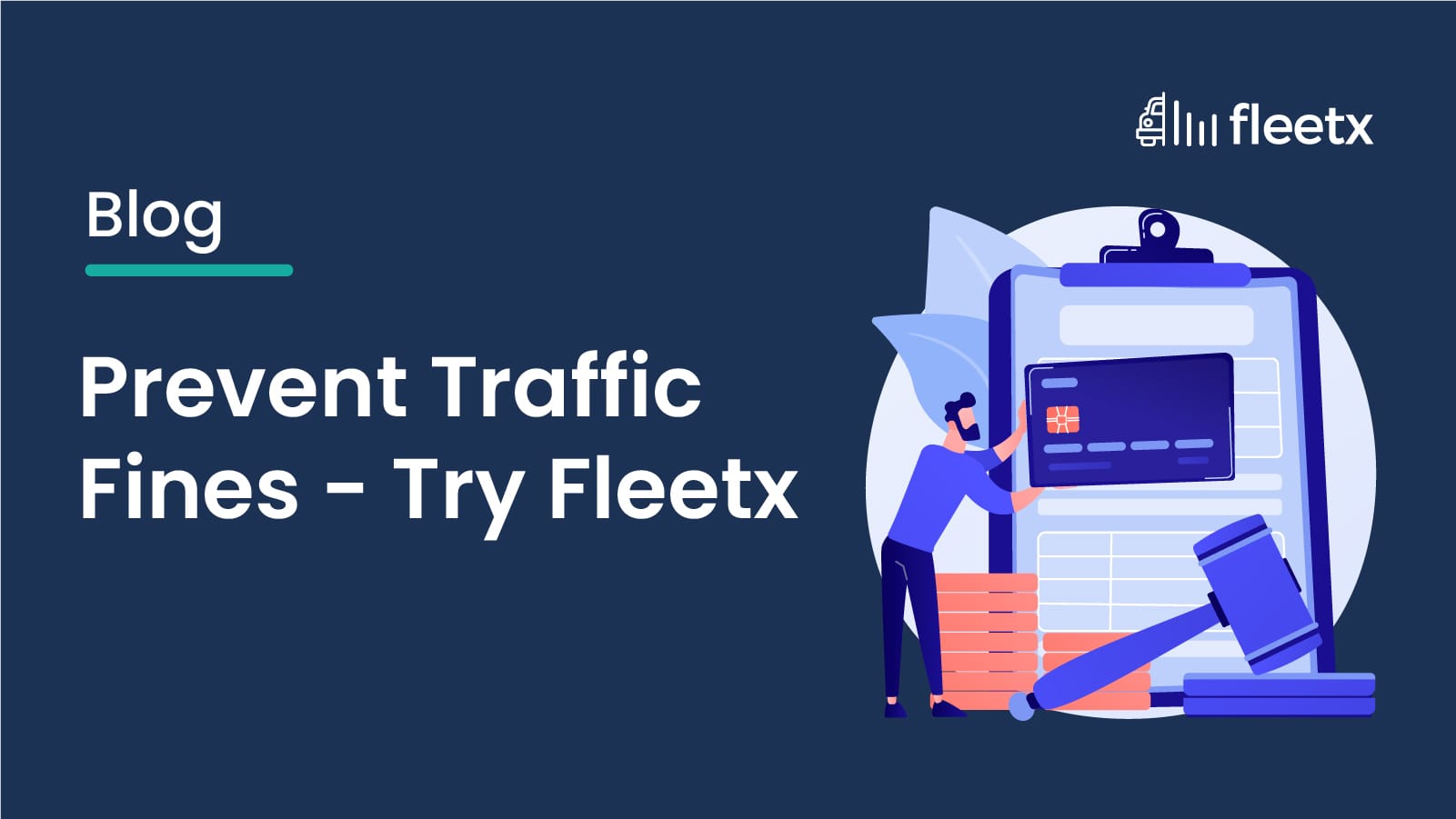
Picture this: you’re running a transport fleet in India — dozens of trucks, hundreds of runs, multiple checkpoints, traffic police, tolls, challans, state regulations, union rules. And oh yes, compliance. You’ve got a thousand plates spinning, and one misstep means fines, delays, reputational damage, angry clients, and burnt margins. That’s the daily reality of the Indian trucking business.
Now imagine you could get a grip on all that uncertainty: track vehicles, monitor operations, generate alerts, maintain compliance records, automate challan management — in one place. Enter Fleetx Transporter ERP — the future-ready system that is the kind of tool large-scale Indian truckers and fleets need.
The Stakes Are High: Compliance & Challan Risks Are Real
In India’s road-haul industry:
- The logistics sector contributes around 14.4% of GDP, yet costs are high — logistics cost stands at ~16% of GDP compared to global averages of ~8%.
- The truck sector moves over 70% of India’s freight by road, and is expected to grow more than fourfold by 2050.
- Given such scale, regulatory/compliance failure is not a fringe risk — it’s a core risk.
- From the manual-process side: Logistics enterprises face multifold regulations and policy changes.
- On the tech side: A switch to digital or automated systems remains low; for example, digital freight-matching in India in 2016 was less than 0.1% of the logistics market.
So, when drivers are writing challans, fleets are being stopped at police checks, weigh-bridges, tolls, the cost of not having a robust compliance management stack is enormous, followed by fines, downtime, fuel wastage, and reputational damage.
Why a Transporter ERP?
You might ask: “Why do I need an ERP for a transporter – isn’t a TMS enough?” The short answer: because compliance and challan-management is not just about routing and dispatching — it touches accounting, fleet maintenance, driver logs, regulatory audit trails, etc.
- A transporter ERP automates many manual tasks — route planning, dispatch, invoice management — providing real-time visibility, integration with accounting, and mobile access.
- While a TMS focuses on transportation operations, an ERP integrates broader business processes (accounting, maintenance, etc.) and is thus more suited for fleets whose core business is transport and logistics.
Fleetx Transporter ERP: What It Does
Let’s zoom in on what the Fleetx platform offers —
- The Fleetx transporter ERP solution is a seamlessly scalable, cloud-based platform made for enterprise-grade performance.
- It covers consignment management, first/mid/last-mile delivery, freight forwarding, market vehicle management, sales/purchase bills, payments/outstanding, accounting, and reporting.
- For compliance and reporting, Fleetx offers multiple customisable reports like service reminders, document reminders, challans, and entity reminders.
- The system tracks each vehicle, route, and driver — so if a truck is flagged at a checkpoint, the system has the record.
- You have centralised bills/payments/logs — to audit if any fine or challan is justified, or if an internal error triggered it.
- You gain transparency on maintenance, tyre/battery, service, inventory, etc. — all of which assist in risk mitigation (e.g., poorly maintained trucks might attract more regulatory checks).
- Custom reports give you actionable insights — for example: vehicles with repeated violations, routes with high stoppages, drivers with more challans than peers — you can intervene.
In short, it isn’t just reacting to fines — you’re preventing them through better control, visibility, and data.
Simplifying Traffic Challan Management – Step by Step
- Pre-trip check & documentation: Before the truck leaves, the system verifies if all the vehicle documents are up-to-date.
- Checkpoint/stoppage alerting: If the vehicle is stopped unexpectedly, the system logs the events (via GPS or driver input) with time, location, and explanation. If a challan is issued, you already have the context.
- Challan entry & categorisation: When a fine arrives (e-challan, app notification, physical ticket), you enter it in the system. The ERP links it to the vehicle/driver/route, categorised by type (speeding, overweight, toll evasion, documentation).
- Root-cause analysis & dashboards: You look at reports — which drivers, vehicles, routes are generating more challans? Are internal factors (e.g., overweight) or external factors (bad checkpoint or bribery risk) avoidable?
- Corrective action & preventive checks: Based on the data, you institute driver training, route modification, pre-load verifications, and extra documentation checks.
- Audit trail & compliance ready: When regulators or auditors knock, you have exportable reports, logs, and digital trails. Instead of scrambling for papers, you’ve got one pane of truth.
Why This Matters Now for India’s Trucking Industry
This isn’t just tech-hype. The Indian logistics sector is at an inflection point:
- The Indian freight & logistics market is estimated at USD 349.37 billion in 2025 and expected to hit USD 545.56 billion by 2030 — a CAGR of ~9.3%.
- Road freight already accounts for ~70% of the freight transport mode share in India.
- Logistics costs remain high (16% of GDP) compared to global benchmarks (~8%), signalling a huge efficiency gap.
In plain terms: More freight, more trucks, more regulations, more scrutiny. If your fleet isn’t using digital tools to manage compliance and prevent costs, you’re pushing a boulder uphill. And given the thin margins of many trucking operations, each challan event eats into profit.
The Competitive Edge: From Reactive to Proactive
Many fleet operators are still managing via spreadsheets, driver notes, and manual checklists, until the fines, delays, audits, and documentation errors line up. The market is moving fast, and clients (shippers, OEMs, 3PLs) increasingly demand data transparency, audit-ready operations, and visibility into your fleet. If you can’t give it, you lose bids.
By adopting a system like Fleetx Transporter ERP, you ensure:
- Lower risks - Instances of fines & non-compliance with regulatory documents (because you see the problem before it becomes a fine) are significantly reduced.
- Improved margins — With stricter control over cost leakage (which includes challans), the cost per km goes down, and unplanned stops become fewer.
- Stronger credibility with clients — You operate on a digital platform, have the data, and minimise surprises.
- Scalability — As your fleet grows, manual systems collapse; cloud-based ERP keeps you agile.
Real-World Considerations
Before you dive in, a few tough truths:
- Upfront change management required: Drivers, dispatchers, and managers - all need training. The system is only as good as the data you feed it.
- Clean data entry is non-negotiable: If you don’t capture stoppages, route deviations, or driver behaviour consistently, the analytics won’t help.
- Integration pain points: Your accounting tool, maintenance systems, and GPS/telematics may need integration. Fleetx offers integration capability.
- Cultural shift: Moving from “we’ll fix the challan if it comes” to “we’ll prevent the challan” demands a mindset change across your organisation.
- Cost & ROI justification: While the technology cost is justified, you’ll need to measure and track the ROI (fewer fines, fewer stoppages, faster claims, higher client retention) to make the business case.
Fleetx ERP - Recommended for Challan & Compliance
- The Indian road-haul industry is large, growing, regulation-heavy, and competitive. Missed compliance = cost + reputation damage.
- Many operations still use manual systems; that puts you at a disadvantage.
- A transporter ERP (vs legacy TMS or spreadsheet tools) gives you the data, integration, and control to manage compliance and challans proactively.
- Fleetx’s transporter ERP offers features relevant to this challenge — consolidating fleet, route, driver, billing, maintenance, and reporting modules.
- Adopting it transforms you from reactive (paying fines, scrambling documents) to proactive (tracking stops, alerts, dashboards, preventive action).
- It isn’t plug-and-play; change management, data discipline, and integration are real work — but the payoff is real.
So, if your fleet is still wrestling with manual logs, repeated traffic challans, scattered documents, and missing audit trails — it’s time to ask: “Why am I wasting man-hours and money on fines when I could have this under control?”
How does Fleetx ERP help reduce challans and compliance risks?
Fleetx ERP automates document tracking, vehicle monitoring, and pre-trip verification. When a challan is issued, the system logs it with full context — route, driver, time, location — and categorizes it. Dashboards then reveal trends (like repeat offenders or high-risk routes), helping you act before the next fine hits.
Is it difficult to implement Fleetx ERP for an existing fleet operation?
Implementation takes some change management — drivers, dispatchers, and managers need to learn the system. Clean data entry and integrations with existing tools (GPS, accounting, maintenance, etc.) are key. But once set up, the ERP eliminates manual logs, reduces stoppages, and gives you full operational visibility, making the transition worth it.
What measurable benefits can fleet operators expect from adopting Fleetx ERP?
Fleet operators can expect fewer fines, better compliance, and lower operational costs due to automated documentation and alerts. With data-backed reports, they gain stronger client trust, improved cost per km, and a scalable system ready for fleet expansion — turning compliance from a headache into a competitive edge.

